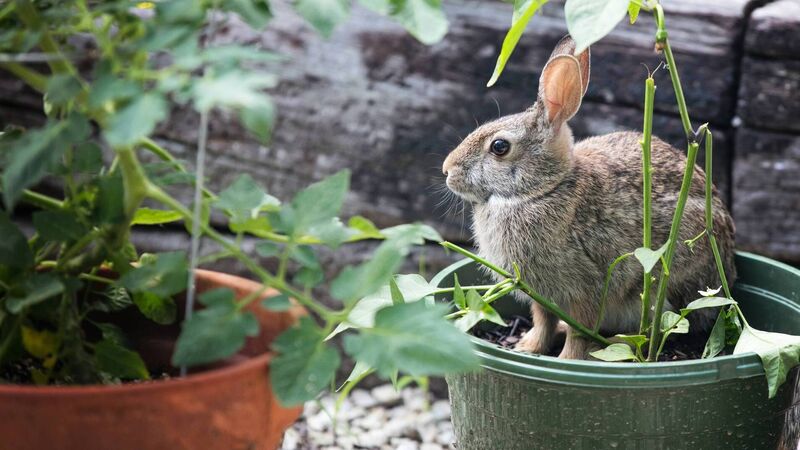Richard Collins: The original wild rabbit is endangered — so why are its domesticated descendants thriving?

We had rabbit infestations in Ireland, thanks to the Normans, who introduced these unwelcome visitors and established warrens, mainly on islands. They became ubiquitous throughout much of rural Ireland until the 1950s when biological warfare, in the form of myxomatosis, was used
Rabbits are both loved and hated. Literati, from Beatrix Potter to John Updike, celebrate them but few landowners do so... bunnies raid crops and burrow into banks... archaeologists accuse them of disturbing ancient sites.
These little vegetarians are native to Spain and Portugal. When the Romans invaded Iberia, two thousand years ago, they brought some back to the Eternal City. The legions took them northwards as far as Britain. It has been argued that medieval monks domesticated rabbits independently.
Bunnies, derived from European domestic stock, were introduced elsewhere in the world. Escaping to the wild, they caused mayhem everywhere.
A ‘bevy’ was imported to Australia In 1788. Surprisingly, these aliens behaved themselves; they didn’t run amok in their new environment. In 1859, however, Thomas Austin, an Englishman, released 24 rabbits on his estate in Victoria. The outcome was very different this time around. With few natural enemies, the newcomers ‘bred like rabbits’. A doe can produce up to four litters a year, each with as many as five kittens. Fifty years on, the descendants of Austin’s rabbits had spread throughout Australia. By 1920, an estimated 20 billion of them had colonised 70% of the country. There are more than 200 million rabbits there today. Austin had caused, what Leif Andersson of Uppsala University, a co-author of a paper just published, called "one of the largest environmental disasters in history".
We had rabbit infestations in Ireland, thanks to the Normans, who introduced these unwelcome visitors and established warrens, mainly on islands. Lambay had a colony by 1191. According to the late James Fairley, 24,000 rabbits were killed on this 2.4 square kilometre island between 1904 and 1906. They became ubiquitous throughout much of rural Ireland until the 1950s when biological warfare, in the form of myxomatosis, put a stop to their gallop.
But there’s a mystery here. The original wild rabbit, slightly smaller than its domesticated cousin, still survives in Spain and Portugal. Shy and inoffensive, it is classified as ‘endangered’ by the IUCN. How extraordinary that the original rabbit should be such a lame duck, while its domesticated descendants have prospered so spectacularly everywhere?
Pedro Andrade and colleagues from Texas A&M School of Veterinary Medicine have tried to solve this puzzle. They sequenced the DNA of 300 rabbits from Europe and South America.
The genes of the original wild rabbit, they found, are still being expressed in the feral stock, but new ones, favouring traits such are docility tameness, and colour variation, were bred into them in captivity. The Dalkey Island population, for example, has many all-black members. During the rewilding process, most unviable artificially-induced traits were lost.
Dr Andersson told the Texas University website that "this is not what we expected to find — we expected that domestic rabbits were feral rabbits that had somehow relearned how to live in the wild. But our findings show that these rabbits already have a portion of wild DNA helping them survive in nature".
"This project has helped us understand not only how rabbits become feral but also how other species, like pigs and cats, can become feral nuisances."
- Pedro Andrade et al. Selection against domestication alleles in introduced rabbit populations. Nature Ecology & Evolution. 2024







